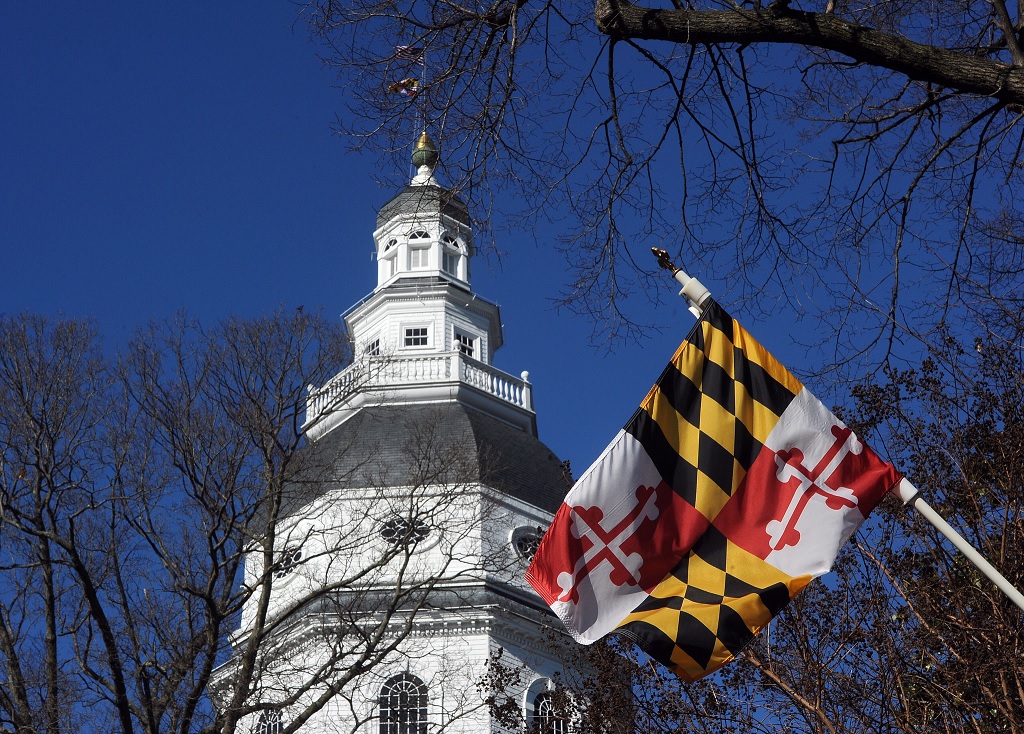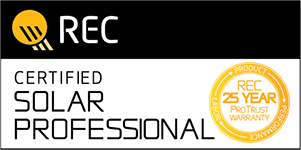Maryland SRECs: The Good, The Bad And The Ugly
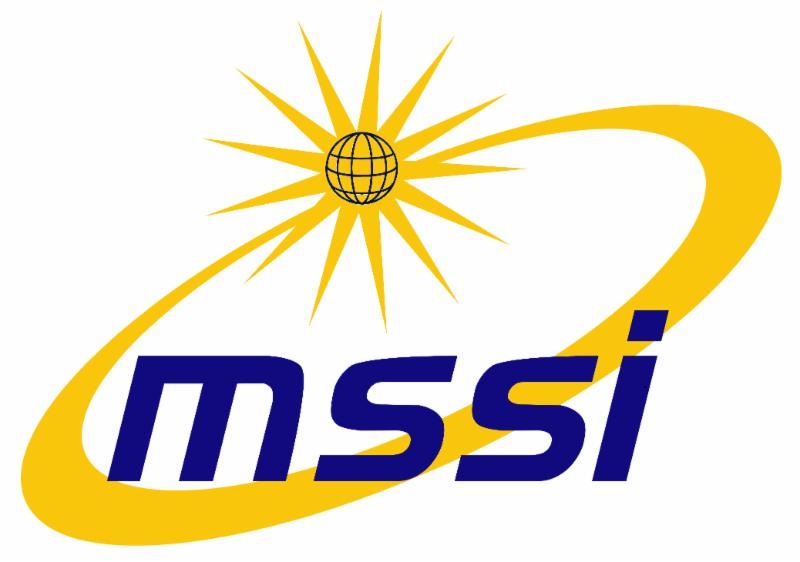 Maryland SRECs: The Good, The Bad And The Ugly
Maryland SRECs: The Good, The Bad And The Ugly
As we’re sure many of you are aware, SREC values have really taken a nose dive in the State of Maryland this past year. It’s been a major bummer for us and we know that it’s been hitting our current customers hard. While we speculate that the market is depressed for several reasons, we do expect the market to reinvigorate this winter. Additionally, there is some good news for some solar customers in Maryland who live close enough to DC to enable them to sell their SRECs in the DC marketplace. Knowing how bad the market is right now in Maryland, we are eager to share this tip and to impart our knowledge on the situation.
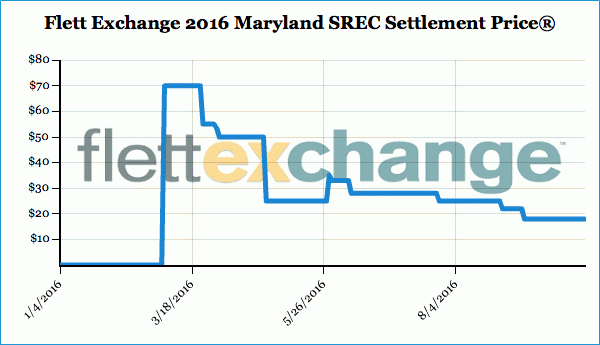
Why Has The Market for SRECs Dropped In Maryland?
Many people in the industry, ourselves included, have theorized that the market has been depressed for two reasons: low demand combined with high supply. In the first instance, there was an urgency to go solar in 2015, especially late 2015/early 2016, as the Federal Residential Renewable Energy Tax Credit was set to expire in December 2016. In fact, PV solar has been so popular in Maryland that 124 megawatts of PV solar was installed in 2015, double to the amount installed in 2014! While this amount of deployed solar has been great for the environment and is propelling little Maryland towards the head of the pack in efforts to combat greenhouse gas production nationally, it has depressed our market by flooding the market with more supply than is demanded.
That brings us to our next topic: demand. In Maryland, it is the Renewable Energy Portfolio Standards put forth and set into law by the Maryland General Assembly that drives the SREC market. The RPS dictates how much of our consumer market electricity must be generated from renewable sources. If a Maryland utility is unable to generate their own renewable energy, either via wind or solar, they can either pay a stiff fine or they can buy SRECs from residents and businesses that have privately invested in solar and are generating clean energy. 2016 has been what is referred to as a “compliance year.” A year in which utilities were well situated to meet their legislated goals and did not have a high demand for SRECs. In combination with an over-abundance of SRECs, the low demand has meant a depression in the market and falling prices. Essentially, the current RPS has been unable to keep up with the popularity of solar here in Maryland.
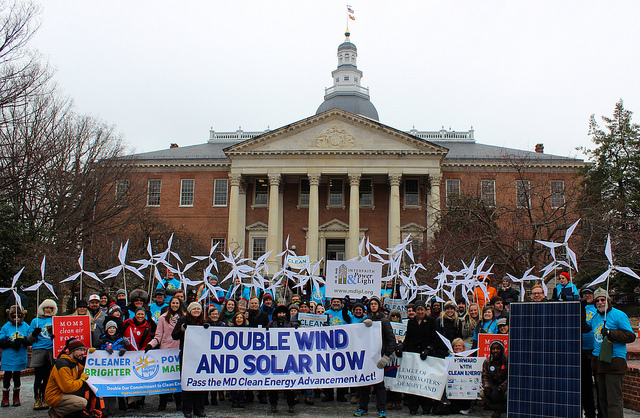
We Remain Hopeful That SRECs Will Regain Lost Value
As we reported in an earlier piece, the General Assembly in Maryland is well aware of the situation and are taking steps to stem the tide of bad SREC tidings. During the last few days of the last session, members passed revisions to the Renewable Energy Portfolio Standards contained within the Clean Energy Bill that aimed to strengthen and escalate the deployment of renewables. Unfortunately, the Governor Larry Hogan declined to sign it into law. While this an unfortunate turn of events, especially considering his prior approval of the more stringent 2016 Greenhouse Gas Reduction Bill, the Clean Energy Bill was passed by a veto-proof majority and is expected to be passed in the new year when the General Assembly reconvenes. The bill is thought to drive the demand for SRECs back up.

Is Your Home in Maryland Servicing a Feeder to DC? If So, You Are Able To Sell Your SRECs in the DC SREC Market
According to PEPCO, “in some parts of our service territory, electricity feeders may be located in Maryland, but serve residential or commercial customers in the District of Columbia. When behind-the-meter solar or other renewable energy generators are located on those feeders in Maryland, the customer is eligible for Solar Renewable Energy Credits in the District.” This may be a boon so to some Marylanders. Currently, Washington DC SRECs are selling for $480, per SREC. Check the maps below to see if you’re located on a PEPCO DC feeder line.





